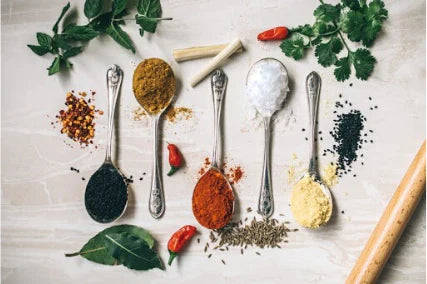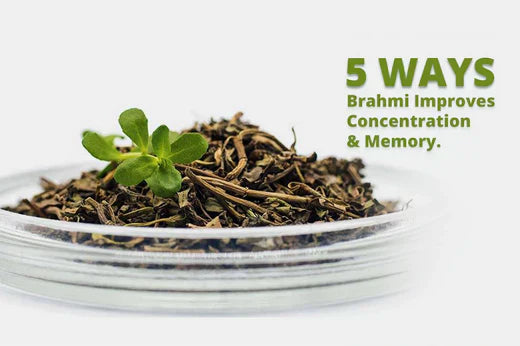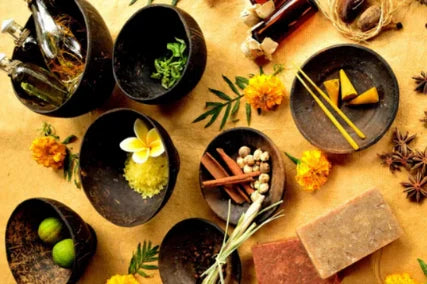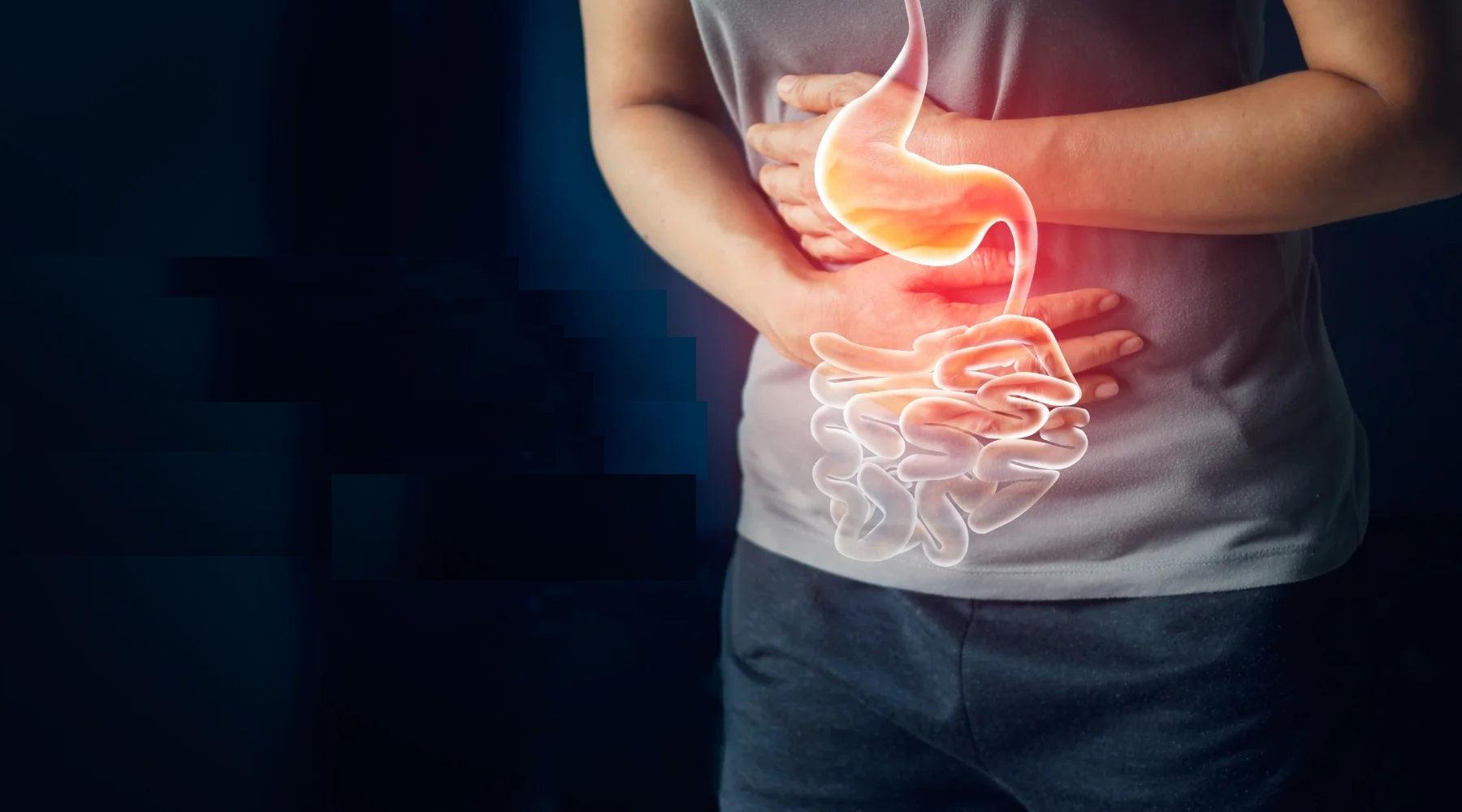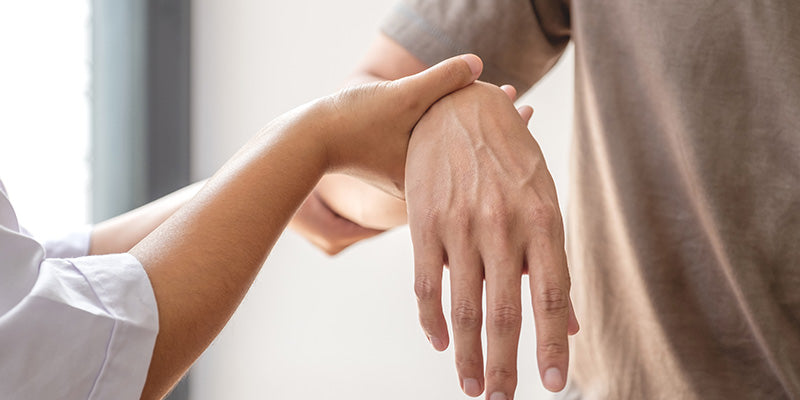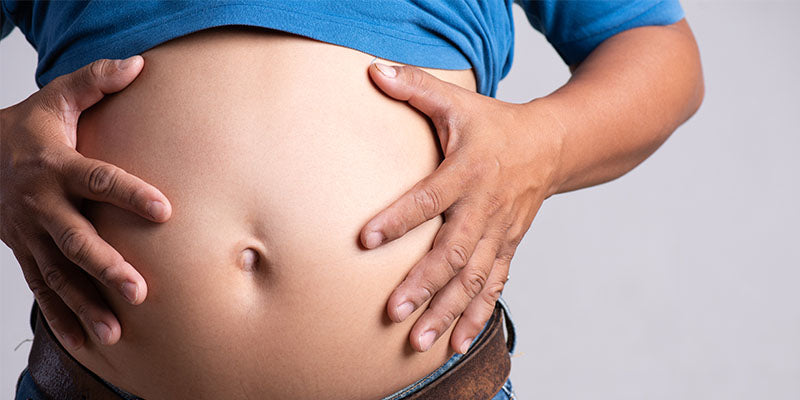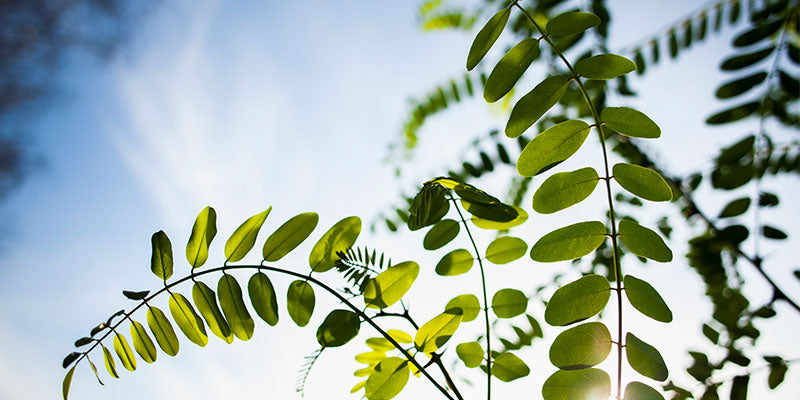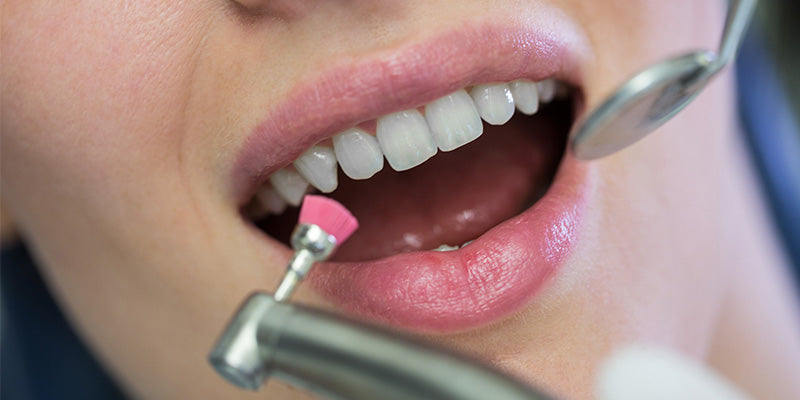Read Time: 10 Minutes
Ashokarishta: Benefits, Uses & Ayurvedic Insights for Women

Struggling with painful periods, heavy flow, or emotional rollercoasters every month? You're not alone! Over 70% of Indian women face menstrual challenges, according to Ayurvedic health surveys. The root cause? Imbalances in Pitta (your body's transformation engine) and Kapha (your structural anchor). But here's the good news: Ayurveda's centuries-tested secret weapon – Ashokarishta – lovingly called 'Striyon Ka Param Mitra' (woman's ultimate friend). Unlike band-aid solutions, it tackles the root causes of hormonal chaos for lasting relief.
TL;DR – Why Ashokarishta Is Ayurveda’s Go-To Tonic for Women
- Root Cause Relief: Ashokarishta balances aggravated Pitta and Kapha doshas to address heavy bleeding, painful periods, and irregular cycles at their source—not just symptoms.
- Hormonal Harmony: Helps regulate estrogen-progesterone balance, making it beneficial for PCOS, PMS, and perimenopause support.
- Uterine & Reproductive Health: Strengthens uterine muscles, improves fertility, and helps manage leucorrhoea and fibroids.
- Rasayana Benefits: Acts as a rejuvenative tonic—purifies blood, supports skin health, improves digestion, and boosts energy.
- Traditionally Fermented: Fermented in earthen pots for 40 days, enhancing its potency and absorption through natural self-generated alcohol.
What is Ashokarishta and Why is it Used?
Ashokarishta, also known as Asokaristam, is a time-honoured Ayurvedic formulation traditionally revered for its effectiveness in supporting women's reproductive health. It is especially beneficial in managing conditions such as Rakta Pradara (excessive menstrual bleeding), Kashtartava (painful periods), and Aartava Dushti (irregular or delayed menstruation).
This classical herbal tonic is also known to help with Raktarsha (bleeding piles) and Nasa Raktasrava (nasal bleeding), thanks to its naturally astringent and cooling properties developed during its unique fermentation process. This traditional method enhances the potency and bioavailability of its herbal constituents, allowing it to act swiftly and holistically.
In the Ayurvedic lens, menstrual disorders often stem from an imbalance in Vata and Pitta doshas. Ashokarishta, with its Vata-pacifying, Kashaya (astringent), and Sheeta (cooling) attributes, helps pacify aggravated doshas, reducing excessive bleeding and promoting uterine health. These properties also make it valuable in managing symptoms of Arsha (piles), providing relief from burning sensations and discomfort.
Ashokarishta is also considered beneficial during the transitional phase of menopause. By harmonizing hormonal fluctuations and calming systemic imbalances, it supports emotional and physical well-being in menopausal women, enhancing their overall quality of life.
What are Ashokarishta Ingredients and What are its Compositions?
Let's unpack why Ashokarishta works so brilliantly! Think of its formulation as a perfectly coordinated sisterhood of herbs, each bringing unique strengths:
-
Ashoka Bark (Saraca Indica): The cornerstone containing haemostatic tannins and catechins that control bleeding, while it is cooling in nature, it also helps reduce inflammation.
-
Musta (Cyperus rotundus): A Pitta-Kapha pacifier that reduces inflammation and menstrual pain.
- Triphala Components:
A. Haritaki (Terminalia chebula): Detoxifies reproductive tissues
B. Amlaki (Emblica officinalis): Antioxidant powerhouse nourishing ovaries
C. Jeeraka (Cumin): Ignites digestive fire (Agni) to prevent menstrual bloating
In Ashokarishta, it acts as an astringent and helps clear ama, while regulating apana vayu.
These ashokarishta ingredients work synergistically to fulfil its Rasayana (rejuvenating) purpose – strengthening the uterus (Garbhashaya), purifying blood (Rakta Shodhana), and balancing hormone production. Additional herbs, such as anti-inflammatory Vasaka and cooling Chandan, create a comprehensive tonic for reproductive resilience.
The Energetic Root of Reproductive Issues
Ashokarishta specifically targets Pitta-Kapha imbalances underlying gynaecological disorders:
The Power of Astringent Rasa (Taste)
In Ayurveda, substances with a predominant Astringent taste act like nature's gentle styptic and haemostatic agents. This means they can help tone tissues and manage excessive menstrual bleeding, promoting a more balanced flow. It's about supporting the body's natural ability to regulate.
The Cooling Relief of Sheeta Veerya (Cool Potency)
When the body feels hot, inflamed, or irritated – common experiences with Pitta dosha imbalance during menstruation – cooling (Sheeta) potency herbs step in. They help calm inflammation, reduce heat-related discomfort (like that burning sensation sometimes felt with cramps), and naturally pacify aggravated Pitta, bringing a sense of soothing relief.
Natural Comfort with Vedanasthapak (Analgesic) Properties
Ayurveda recognises herbs with Vedanasthapak qualities – meaning they support the body in alleviating pain. For menstrual and gynaecological discomfort, these herbs are traditionally valued for helping to reduce cramping and ease pelvic pain, contributing significantly to overall comfort during your cycle.
This tridoshic balancing makes Ashokarishta Syrup effective across diverse constitutional types.
Infographic ref for traditional preparation: (Shared images for tiles in topics below)
Traditional Preparation
Authentic Ashokarishta isn’t just mixed – it’s transformed through 40-day fermentation in earthen pots. This isn’t tradition for tradition’s sake:
Fermentation breaks down herbs into bioactive compounds, enhancing bioavailability.
Self-generated alcohol (5-10%) acts as a natural preservative and carrier for deep tissue penetration.
Earthen pots allow micro-oxygenation, enriching probiotic content.
Result? A potent Rasayana where 1 drop ≠ 1 drop – efficacy is multiplicatively enhanced.
Top 8 Clinically Validated Benefits of Ashokarishta
1. Hormonal Harmony Restoration
Ashokarishta benefits include phytoestrogenic modulation of estrogen-progesterone levels, easing PCOS symptoms and perimenopausal fluctuations.
2. Menstrual Cycle Regulation
This Ashokarishta Syrup normalises ovulation timing, addressing delayed periods and dysfunctional uterine bleeding (DUB) through uterine muscle toning.
3. Uterine Tonicity Enhancement
Strengthens the uterus and relieves symptoms in conditions like fibroids
4. Fertility Support Mechanism
By optimising endometrial receptivity and ovulation regularity, Ashokarishta for conceiving shows promise in anovulatory disorders and helps in conception.
5. Leucorrhoea Management
Its Kapha-reducing and antimicrobial actions curb pathological vaginal discharge of users.
6. Skin Health Transformation
Blood-purifying Ashokarishta Benefits the skin by helping in regulating hormonal imbalances and helps reduce/ acne formation, including reduced hormonal acne through Rakta Shodhana.
7. Enhances Metabolism
Jeeraka and Sunthi stimulate Agni & reduce ama formation.
8. Fatigue Reduction
Natural ferrous compounds in Ashoka bark combat anaemia-related exhaustion from heavy bleeding.
How to use
Dosage: 15-20 ml (3-6 tsp) with an equal quantity of lukewarm water
Best Time: Twice daily after meals (critical for absorption)
Duration: 3-6 months (Prolonged use of ashokarishta beyond this requires monitoring)
Lifestyle Synergy
Diet: Prioritise sattvic foods (warm lentils, steamed greens). Avoid Pitta-aggravators: sour, salty, fermented items.
Yoga: Practice Yog Nidra (psychic sleep) or Bhramari Pranayama (bee breath) to calm hormonal fluctuations.
Non-Negotiable: Consult a Vaidya to personalise dosage/diet. Self-prescribing risks imbalances – your Prakriti (constitution) dictates your path.

Essential Safety Considerations
While Ashokarishta side effects are rare with proper use, precautions include:
Conditions where you may face Contraindications and require strict medical supervision:
- Pregnancy (uterine-stimulating properties)
- Active gastritis (fermentation may increase acidity)
- Uncontrolled diabetes (jaggery content)
Side Effect Indications
- Mild nausea if taken empty stomach
- Ashokarishta syrup side effects like scanty flow if used for prolonged periods (beyond 6 months)
Conclusion
Ashokarishta offers transformative solutions for menstrual problems like heavy bleeding, hormonal chaos, and uterine weakness – validated by centuries of Ayurvedic application. Its multifaceted ashokarishta benefits range from cycle regulation to radiant skin, embodying the true essence of female Rasayana therapy. However, its potency demands professional guidance. Consult an Ayurvedic physician to determine if this Ashokarishta Ayurvedic Medicine aligns with your Prakriti (constitution) and health goals. When sourced from Maharishi Ayurveda and used correctly, this Ashoka syrup for ladies truly earns its status as Ayurveda's premier women's tonic.
FAQs
1.Can I take Ashokarishta during periods?
Yes, Ashokarishta is often particularly beneficial during periods, especially for heavy bleeding (menorrhagia) or painful cramps (dysmenorrhea). Its astringent properties help control excessive flow, while its analgesic action eases pain. However, avoid it if your flow is naturally scanty, as it may further reduce it.
2.Does Ashokarishta help with PCOS or fertility issues?
Ashokarishta can be a supportive component in managing PCOS (Polycystic Ovarian Syndrome) and specific fertility issues, primarily those linked to irregular cycles, heavy bleeding, or inflammation. By promoting regularity, reducing androgen-related symptoms, and improving uterine health, it creates a more favourable environment. However, PCOS and infertility are complex conditions with multiple underlined causes. Ashokarishta should only be used under the strict supervision of an Ayurvedic physician as part of a comprehensive treatment plan that may include dietary adjustments, lifestyle modifications, and other herbal remedies.
3.What is the best time to take Ashokarishta?
The best time to take Ashokarishta is twice daily, after meals (usually after breakfast and dinner). Mix 15-20 ml with an equal amount of lukewarm water. Never take it on an empty stomach to prevent potential gastric irritation.
4.Is Ashokarishta suitable for teenage girls?
Yes, Ashokarishta can be suitable for teenage girls experiencing common issues like irregular periods, severe menstrual cramps (dysmenorrhea), or heavy bleeding. However, they must use it only under the guidance of an Ayurvedic doctor experienced in Ayurveda to determine the appropriate dosage and duration based on their age, according to your constitution, and specific symptoms.
5.Can Ashokarishta balance hormones?
Yes, Ashokarishta is renowned for its ability to support hormonal balance, particularly that of female hormones such as estrogen and progesterone. By strengthening the uterus, regulating the menstrual cycle, reducing inflammation, and supporting liver detoxification (which aids hormone metabolism), it helps create a more stable hormonal environment. This makes it valuable for managing symptoms of PMS, perimenopause, and cycle irregularities linked to hormonal fluctuations.
6.Can it be consumed for a very long term?
While beneficial for chronic conditions, prolonged, unsupervised use of Ashokarishta (typically beyond 6 months continuously) is not generally recommended. Extended use may lead to side effects like scanty menstrual flow. Treatment duration should be determined and monitored by an Ayurvedic physician.
7.Can it be given for vaginal discharge (leucorrhoea)?
Yes, Ashokarishta is a traditional remedy for managing excessive white vaginal discharge (leucorrhoea). Its anti-inflammatory, antimicrobial, and Kapha-pacifying properties help reduce discharge, alleviate associated itching, and address underlying inflammation or congestion in the reproductive tract. It is often combined with other specific herbs for leucorrhoea under medical guidance.
8.Can it be taken with other medicines?
Ashokarishta is generally considered safe to take in conjunction with other Ayurvedic formulations. However, suppose you are taking allopathic (modern) medicines (e.g., for diabetes, blood thinning, hypertension, or hormonal therapies). In that case, it is essential to consult both your Ayurvedic physician and your allopathic physician. They can assess potential interactions and advise on the safe concurrent use of Ashokarishta Syrup and your other medications. Never self-prescribe combinations.
Popular Posts

Why choose Maharishi Ayurveda?
06 Aug, 2025Nowadays, modern lifestyle diseases have become a common occurrence among many men and women, and...
Read more
Powerful Ayurvedic Immunity Boosters for Daily Wellness
01 Aug, 2025Why a Strong Immune System is Non-Negotiable Today? In today’s fast-paced, polluted, and high-...
Read more
What Are the Benefits of Tulsi? Uses and Side Effects Explained
31 Jul, 2025Tulsi, known scientifically as Ocimum sanctum or Ocimum tenuiflorum, holds a revered place in Ind...
Read more





 Popular Read
Popular Read
